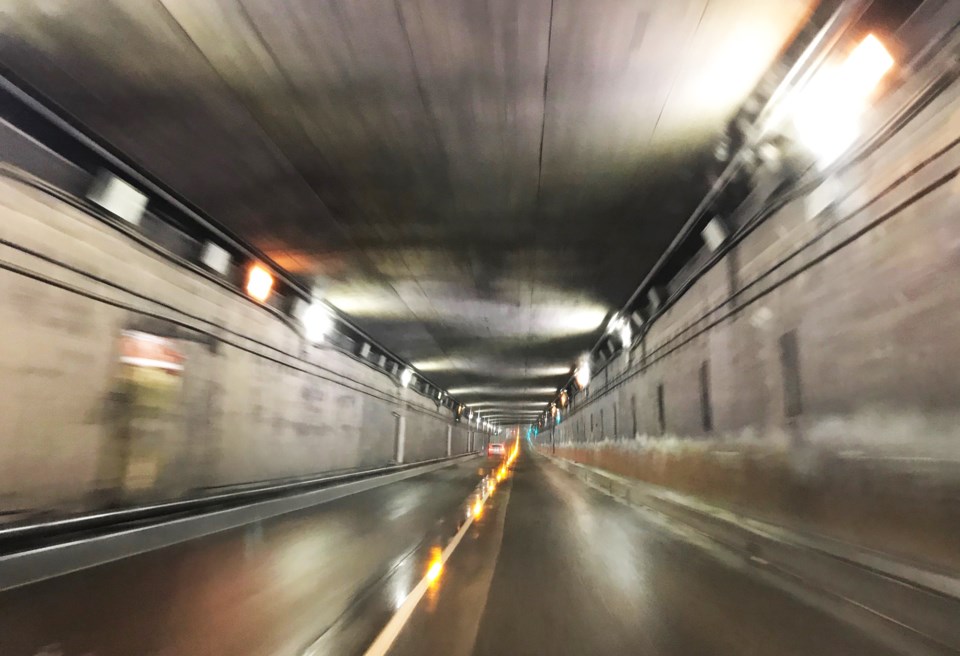The George Massey Tunnel may be an aging piece of infrastructure in many eyes today, but at the time it was built it was a marvel of modern engineering.
The twin tunnels are an important piece of the Metro Vancouver Infrastructure, connecting the city directly to Delta and providing major route between Vancouver and Victoria and the US.
That said, just because it's important doesn't mean all that's interesting about it is well-known. So here are five facts you may not know about Vancouver's big tunnel (as a replacement starts to form).
1. It's the lowest road in Canada
This may come as a surprise, but if you think about it, it makes sense. Most of Canada is not at sea level, so tunnels in other places may be further below the surface, but not as low down.
The road's lowest point isn't that time it got fired and was couch surfing for a month, but about 22 metres below the Fraser River, which empties into the ocean just to the west of the tunnel.
2. Massey was the last person to pay a toll to go through it
In 1964 Nehemiah George Massey paid $1 to use the tunnel. As the MLA who fought to get it built, his last toll was a publicity move to mark the end of tolls in the tunnel.
At the time it was still called the Deas Island Tunnel. Massey died four days after paying his toll and the tunnel was renamed in his honour in 1967.
3. The Queen opened it
On July 15, 1959, a woman named Elizabeth Alexandra Mary (Mountbatten-Windsor), also known as Queen Elizabeth II, came and kindly opened up the tunnel (though it had been open for traffic since May 23).
It was part of a big cross-Canada trip for the monarch as she also visited all the provinces and territories. Deas Island Tunnel wasn't even the only river-based infrastructure she was a part of getting going, as the St. Lawrence Seaway was opened as well.
4. Where'd the Delta Princess go?
Before the tunnel was built a ferry did the run between Ladner and Richmond, up to five round trips in two hours. The last ship that did the run was the Delta Princess.
However, the ship, built-in 1949, was still seaworthy and found work in the Gulf Islands, eventually becoming part of the BC Ferries fleet in 1961. Over the decades it saw less and less use, and was as a relief or spare vessel for a decade before BC Ferries retired it in 1996.
But that wasn't the end for it.
Transport Canada shows it's still registered (though now as the Golden Queen), at least until 2025, and seems to be in working condition. Its port of registry is Victoria, but it's unclear where it is today.
5. First tunnel of its kind in North America, and only the second in the world
The George Massey Tunnel was an engineering marvel for its time. It was unusual for being rectangular (instead of circular), it had all sorts of new technology incorporated into its design (like magnetic car counters and TV cameras) and it was made on dry land.
It was only the second time a tunnel was prefabricated on land and then sunk into place, and a much larger project than the first (in Rotterdam).
The feat was so impressive Popular Mechanics dedicated several pages to it in 1959, describing in great detail how it all came together (starting on page 122).



